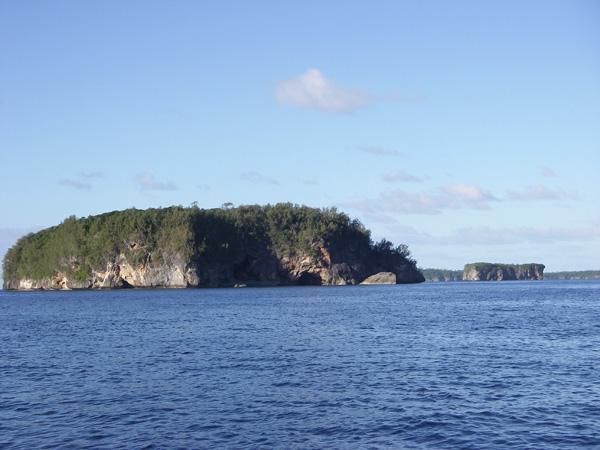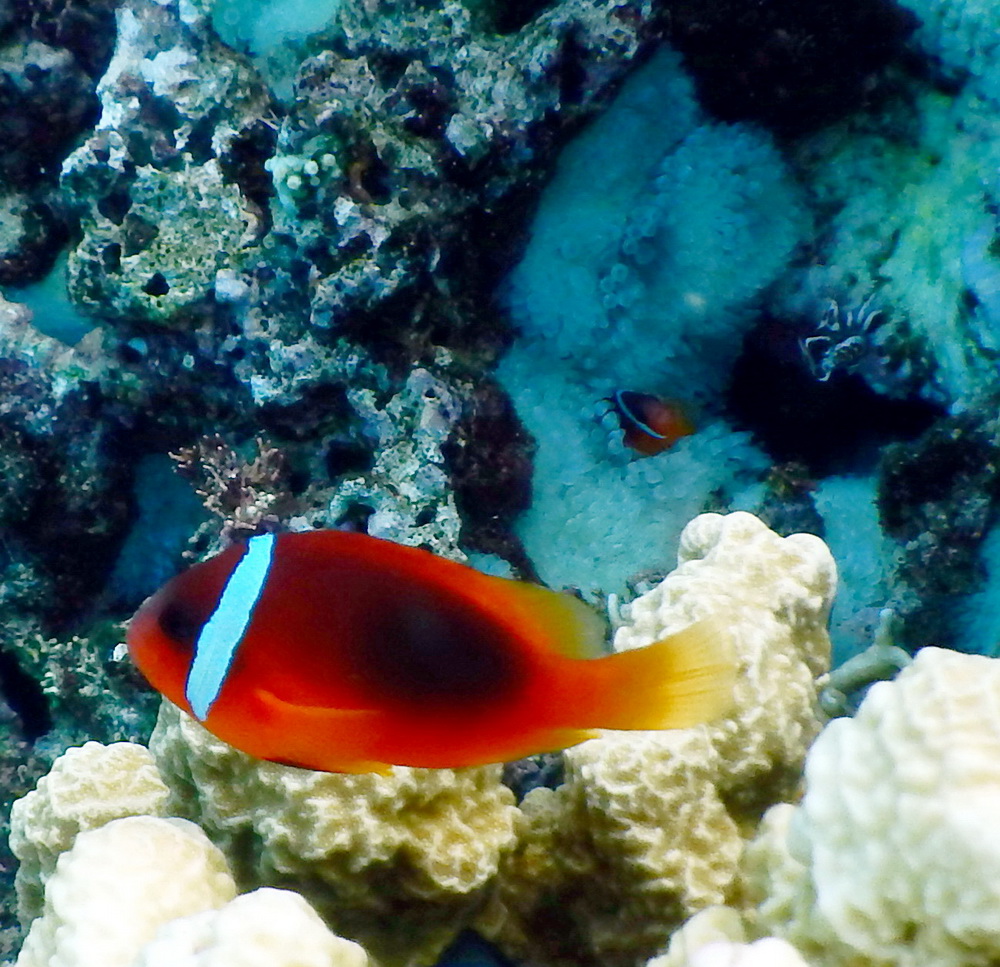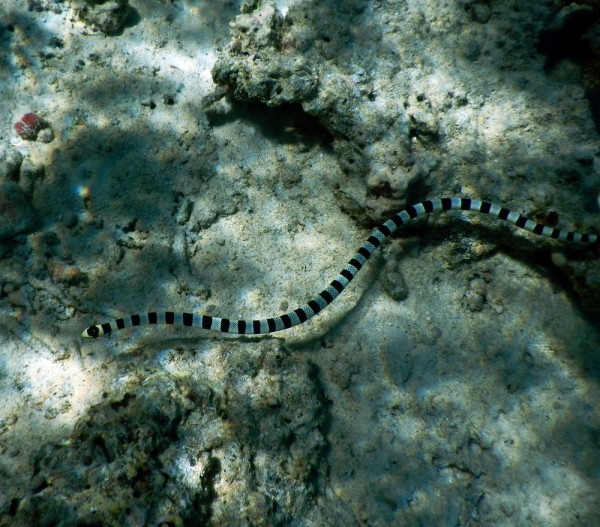Published in the Ocean Watch column, Honolulu Star-Advertiser © Susan Scott
April 28, 2014
VAVA’U, Tonga » I know I’m in a good place when I have fin sores on my feet, and the mask grooves in my forehead are nearly permanent features of my face. Even in my sleep I know I’m in a fine place. The anchorages here have been so still that I awake thinking I’m home.
 Vava’u, Tonga, 2006
Vava’u, Tonga, 2006
But I’m nowhere near Oahu. Craig and I are sailing our 37-foot ketch Honu in Tonga.
Specifically, we’re exploring Tonga’s Vavau group, a nearly round archipelago in the northern part of this island nation. Vava’u comprises 60 islands, covering an area 16 by 18 miles.
Massive coral reefs protect Vava’u’s islands from the southeast waves. The result is one of the world’s premier sailing grounds, a cluster of calm waterways weaving around sparsely inhabited islets that look like lush flowerpots. Some have powder-white sand beaches on one side and caves in vertical limestone cliffs on another. Most every islet hosts a vibrant coral reef. And that’s why my snorkel gear is wearing holes in my body.
In some places I don’t kick, but float motionless a few feet above the reef. My presence causes commotion when I’m hovering over a pink, yellow, blue or white anemone. Some anemone tentacles are bubblelike; others remind me of gummy worms. These shag carpets of the reef don’t mind my gaze, but their resident anemone fish do. The little fish act as security guards and take the job seriously.
 Anemone fish, Anemone with fish in it. Vava’u, Tonga 2014.
Anemone fish, Anemone with fish in it. Vava’u, Tonga 2014.
© Susan Scott
Anemone fish are the poster fish of symbiosis, living among the tentacles of stinging anemones without being harmed. Researchers believe a mucus coating protects the fish from the anemone’s sting.
As payback for a safe haven, the anemone fish drive off butterflyfish, predators that view anemone tentacles as yummy meals.
But the little anemone fish’s defense maneuvers aren’t limited to butterflyfish. If I get my face too close to their home, the tenant fish show me their frowny faces and sometimes fake a charge. “Get back!” the 6-inch-long Chihuahuas of fish seem say to me, a 68-inch-long monster. “Or what?” I think, smiling. Advancing my camera toward the indignant fish sends them deep into the folds of their wiggly security blanket.
Female anemone fish lay eggs near their anemone’s base, and the male guards them vigorously. Once the eggs hatch, the larvae drift as plankton for a week or two, depending on species. (At least a dozen kinds of anemone fish inhabit the Pacific and Indian oceans, all in shades of orange, brown and white.) After developing fins, the baby fish look for an anemone haven.
All members of this group begin life as males. Usually one monogamous pair of anemone fish share an anemone. If a female is removed from a pair, the male left behind turns into a female.
A dominant juvenile on the anemone’s outskirts then matures and becomes the male of the pair.
The pastel anemones and their plucky companions are so abundant here in Vavau’s warm, clear, shallow waters that I’m snorkeling blisters on my feet and furrows on my face. Never before has pain been so much fun.
 Banded Sea Snake. Vava’u Tonga, 2014.
Banded Sea Snake. Vava’u Tonga, 2014.
©2014 Susan Scott
 Vava’u group of islands, Tonga, 2006
Vava’u group of islands, Tonga, 2006